Introduction
In the vast realm of herbal remedies and traditional medicines, Notoginseng (Panax notoginseng), also known as Sanqi, holds a distinguished place. This perennial plant, native to China, has been revered for centuries for its myriad health benefits. While the root of the plant is most commonly used in traditional Chinese medicine (TCM) for its blood-regulating, anti-inflammatory, and pain-relieving properties, the leaves and stems of fresh Notoginseng offer their own unique health advantages. One simple yet effective way to harness these benefits is by preparing a fresh Notoginseng leaf and stem infusion. This article will guide you through the process of making this refreshing and nutritious herbal tea, highlighting the steps, tips, and potential health benefits associated with this traditional practice.
Understanding Notoginseng
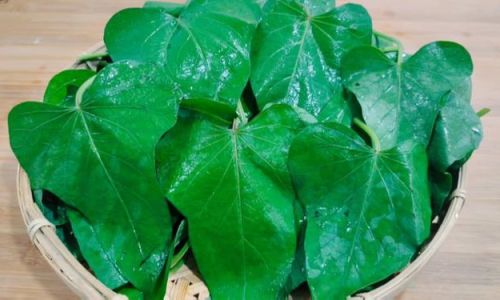
Before diving into the preparation, it’s crucial to understand the basics of Notoginseng. This plant belongs to the Araliaceae family, which includes ginseng, another well-known herbal remedy. Notoginseng is distinguished by its distinctive red flowers and fleshy roots, but it’s the leaves and stems that we focus on in this recipe. These parts of the plant contain various bioactive compounds, including saponins, polysaccharides, flavonoids, and volatile oils, which contribute to its medicinal properties.
In TCM, Notoginseng is primarily used to treat blood disorders, such as bleeding, bruising, and blood stagnation. However, modern research has expanded its potential applications, suggesting that it may also support cardiovascular health, enhance immune function, and promote wound healing. The leaves and stems, though less studied than the roots, are believed to possess similar, albeit milder, health benefits. They are often consumed as a tea or infused in water to enjoy their subtle flavors and health-promoting qualities.
Choosing Fresh Notoginseng Leaves and Stems
The first step in preparing a fresh Notoginseng leaf and stem infusion is, of course, sourcing the ingredients. Here are some tips to ensure you get the best quality:
-
Seasonality: Notoginseng grows best in temperate climates and is typically harvested during the spring and summer when the leaves are lush and vibrant.
-
Appearance: Look for leaves that are green and free from spots or discoloration. The stems should be firm and not wilted.
-
Source: If possible, buy directly from a reputable farmer or herbalist who can guarantee the freshness and authenticity of the plant. Alternatively, some specialty health food stores may carry fresh Notoginseng leaves and stems.
-
Storage: Once you have your fresh leaves and stems, store them in a cool, dark place, preferably in an airtight container. They can be kept for a few days before use.
Preparing the Infusion: Step-by-Step Guide
Now that you have your fresh Notoginseng leaves and stems, let’s dive into the preparation process. This recipe is designed to be simple, allowing you to harness the plant’s benefits without too much hassle.
Materials Needed:
- Fresh Notoginseng leaves and stems
- Purified water
- A pot or kettle
- A strainer or tea infuser
- A teapot or heatproof container
- Tea cups or mugs
- Optional: honey, lemon, or other natural sweeteners/flavorings
Step 1: Rinse the Leaves and Stems
Begin by rinsing the fresh Notoginseng leaves and stems under cold running water. This helps remove any dirt, debris, or pesticides that may be present on the surface. Pat them dry using a clean kitchen towel or let them air-dry briefly.
Step 2: Measure the Ingredients
The amount of leaves and stems you use will depend on your personal preference and the strength of the infusion you desire. As a general guideline, use about 2-3 handfuls of leaves and stems per liter of water. Remember, you can always adjust this ratio to suit your taste.
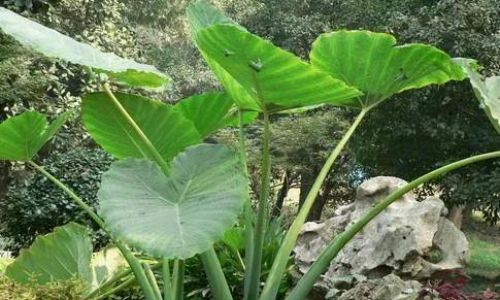
Step 3: Boil the Water
Fill your pot or kettle with purified water and bring it to a rolling boil. Using purified water ensures that your infusion tastes clean and free from impurities.
Step 4: Infuse the Leaves and Stems
Once the water is boiling, reduce the heat to a simmer. Add the rinsed Notoginseng leaves and stems to the pot. Allow them to simmer gently for about 10-15 minutes. This allows the active compounds in the leaves and stems to be released into the water.
Step 5: Strain the Infusion
After simmering, remove the pot from the heat and let it sit for a few minutes to cool slightly. Use a strainer or tea infuser to remove the leaves and stems from the water. Pour the infused water into a teapot or heatproof container.
Step 6: Serve and Enjoy
Pour the hot infusion into tea cups or mugs. If desired, you can add a touch of honey, lemon, or another natural sweetener/flavoring to enhance the taste. Enjoy your fresh Notoginseng leaf and stem infusion while it’s hot, or let it cool to room temperature for a refreshing iced tea.
Tips for a Perfect Infusion
-
Experiment with Quantities: As mentioned, the amount of leaves and stems you use will affect the strength and flavor of your infusion. Start with a smaller amount and adjust as needed.
-
Temperature Control: While simmering helps extract the active compounds, avoid boiling the leaves and stems for too long, as this can make the tea bitter.
-
Storage: If you have leftover infusion, store it in a sealed container in the refrigerator. It can be kept for up to 2 days. Reheat gently before drinking.
-
Combinations: Feel free to mix your Notoginseng infusion with other herbs or teas to create unique flavors and enhanced health benefits. For example, combining it with green tea or chamomile can create a soothing and refreshing blend.
Potential Health Benefits
While the specific health benefits of drinking a fresh Notoginseng leaf and stem infusion may vary depending on individual factors, here are some potential advantages based on traditional use and preliminary scientific research:
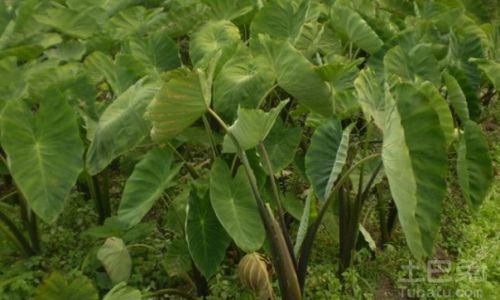
-
Blood Circulation: Notoginseng is known to promote blood circulation, which may help reduce the risk of cardiovascular diseases.
-
Anti-Inflammatory Effects: The compounds in Notoginseng have anti-inflammatory properties, which may help alleviate pain and swelling associated with injuries or chronic conditions.
-
Immune Support: Regular consumption of Notoginseng-based teas may boost the immune system, helping the body fight off infections and diseases.
-
Wound Healing: Traditional use suggests that Notoginseng can accelerate wound healing and reduce scar formation.
-
Antioxidant Protection: The antioxidants in Notoginseng may help protect cells from damage caused by free radicals, thereby reducing the risk of chronic diseases.
Cautions and Considerations
While fresh Notoginseng leaf and stem infusion offers numerous health benefits, it’s important to approach its consumption with caution:
-
Pregnancy and Lactation: Pregnant and lactating women should avoid consuming Notoginseng, as it may have adverse effects on fetal development and breast milk production.
-
Bleeding Disorders: Individuals with bleeding disorders or taking blood-thinning medications should consult their healthcare provider before consuming Notoginseng, as it may increase the risk of bleeding.
-
Allergies: If you are allergic to ginseng or related plants, you may experience an allergic reaction to Notoginseng. Discontinue use if you experience any adverse symptoms.
-
Moderation: As with any herbal remedy, it’s best to consume Notoginseng in moderation. Excessive consumption may lead to unwanted side effects, such as stomach discomfort or diarrhea.
Conclusion
Preparing a fresh Notoginseng leaf and stem infusion is a simple yet effective way to harness the plant’s numerous health benefits. By following the steps outlined in this article, you can create a refreshing and nutritious herbal tea that not only tastes great but also supports your overall well-being. Remember to source your ingredients wisely, experiment with different quantities and combinations, and always consume with caution, especially if you have any underlying health conditions. With its unique blend of flavors and health-promoting properties, a fresh Notoginseng leaf and stem infusion is a delightful addition to your daily routine. Enjoy!
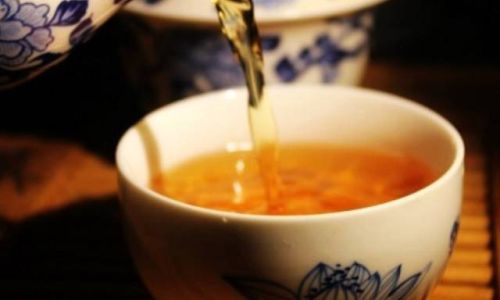
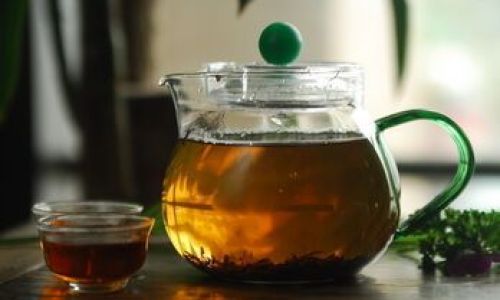
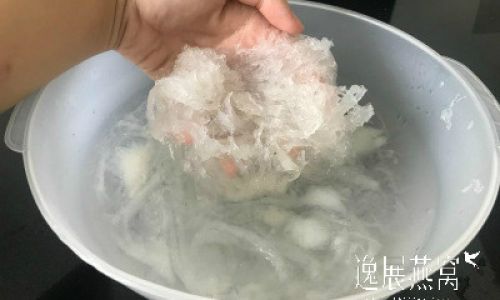
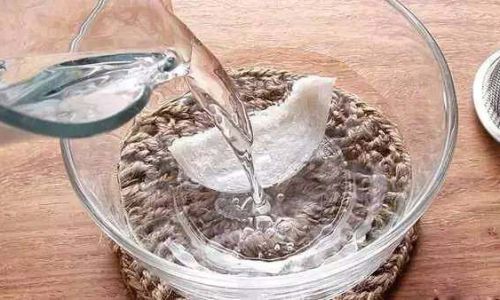
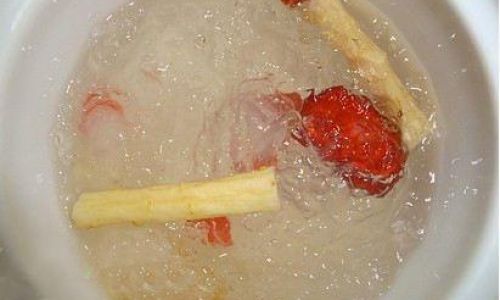
0 comments